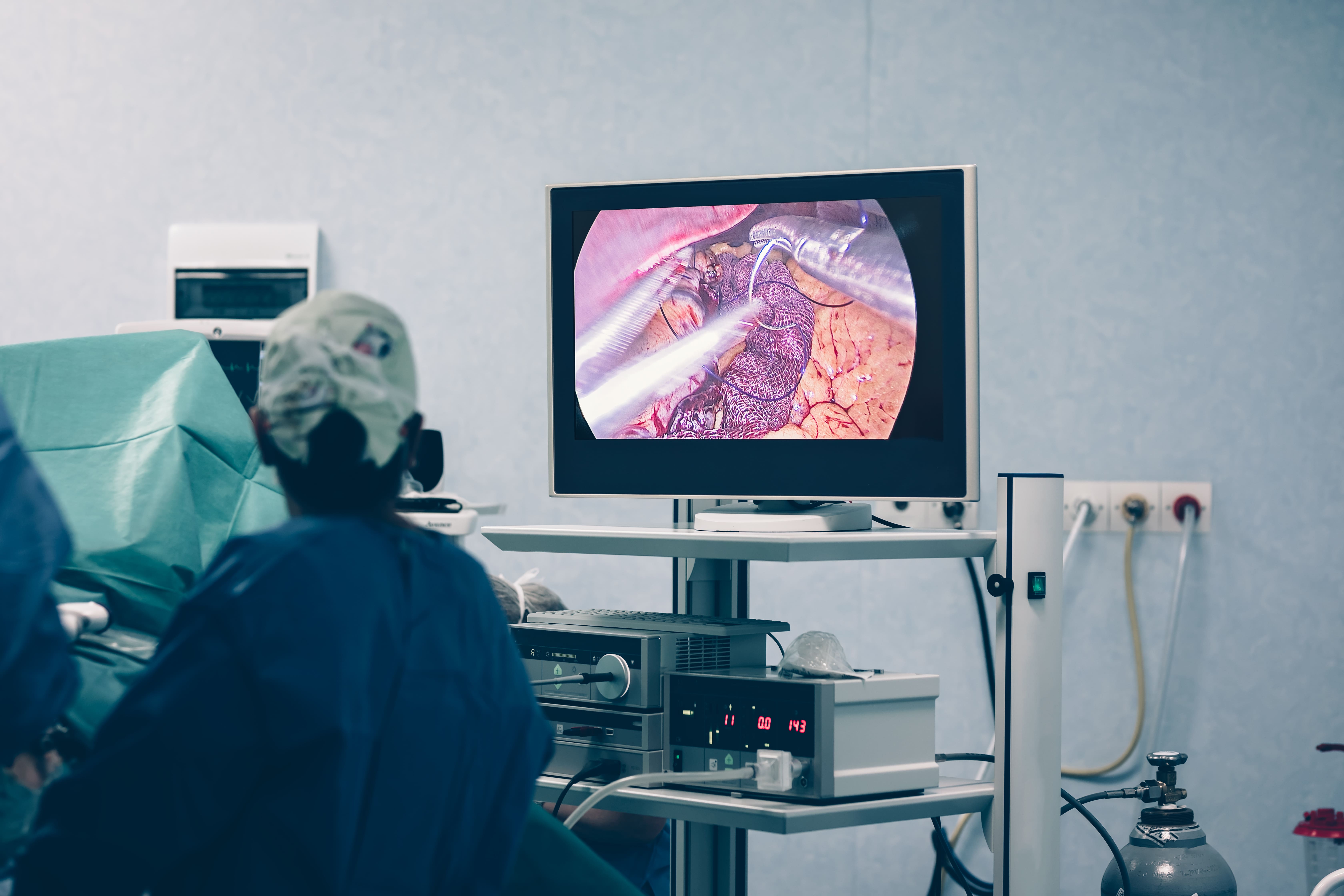
Lap Band Removal: When and Why It’s the Right Choice
Lap band surgery has helped many patients achieve significant weight loss and improved health over the years. However, for some individuals, the lap band may no longer provide the desired results or may cause complications. In these cases, lap band removal becomes a necessary and beneficial step. Understanding when and why lap band removal is the right choice can help patients make informed decisions about their weight loss journey.
Reasons for Considering Lap Band Removal
While lap band surgery can be effective initially, some patients may experience issues over time that prompt removal. Common reasons include:
- Insufficient weight loss: Some patients do not achieve their target weight or experience weight regain after initial success.
- Band slippage or erosion: The lap band can shift from its original position or erode into the stomach lining, causing discomfort and potential health risks.
- Gastroesophageal reflux: Severe acid reflux or persistent heartburn can occur in some patients with a lap band.
- Infection or irritation: In rare cases, infection or inflammation around the band can make removal necessary.
- Lifestyle changes or preference: Some individuals may prefer alternative bariatric procedures that offer better results or fewer long-term maintenance requirements.
Evaluating Your Options
Before deciding on lap band removal, it is essential to consult with a bariatric surgeon or specialist. The evaluation typically includes a thorough review of your medical history, current health, and weight loss goals. Imaging studies or endoscopy may be recommended to assess the condition of the band and surrounding tissues.
The surgeon will discuss potential outcomes, alternative weight loss procedures, and the risks associated with removal. In some cases, patients may combine band removal with a subsequent bariatric procedure such as gastric sleeve or gastric bypass to continue their weight loss journey.
What to Expect During Lap Band Removal
Lap band removal is typically performed laparoscopically, which involves small incisions and minimally invasive techniques. This approach reduces recovery time, minimizes scarring, and lowers the risk of complications. The procedure generally takes one to two hours under general anesthesia.
After the lap band is removed, patients may experience temporary swelling, discomfort, or digestive changes. Pain management and post-operative care instructions from your surgeon help ensure a smooth recovery. Most patients can return to normal activities within a few weeks, though full recovery may vary depending on individual health factors and whether additional bariatric surgery is performed.
Benefits of Removing the Lap Band
Removing a problematic lap band can significantly improve quality of life. Benefits include:
- Relief from pain, nausea, or reflux caused by the band
- Elimination of risks associated with erosion or infection
- Opportunity to pursue alternative weight loss procedures
- Improved overall comfort and digestive function
Making the Right Choice
Lap band removal is a personal decision that should be made in consultation with a qualified bariatric specialist. Patients should weigh the potential benefits against the risks and consider their long-term weight loss goals. With proper guidance and follow-up care, lap band removal can be a safe and effective solution for those experiencing complications or unsatisfactory results.
Call to Action
If you are considering lap band removal and want to explore your options, schedule a consultation lap band removal In Baytown, TX, to discuss a personalized plan for safe and effective results.


%201.png)
%201%20(Traced).png)